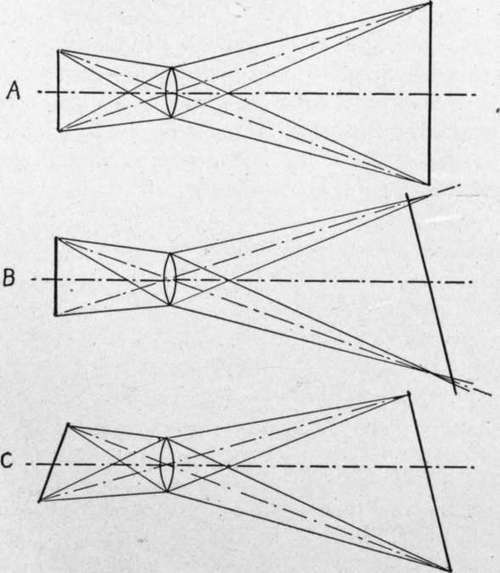Developing And Drying Prints
Description
This section is from the book "Airplane Photography", by Herbert E. Ives. Also available from Amazon: Airplane photography.
Developing And Drying Prints
The developing of prints follows closely that of cut or roll film, and so need not be treated separately.
The drying of emulsions on paper is more easily accomplished than the drying of emulsions on glass, for two reasons: the emulsions on paper are much more thinly coated, and there is diffusion of moisture into the atmosphere from front and back of the printing medium. In the field a common method has been to soak the prints in water-free alcohol and then burn off the alcohol, thus securing a dry print within two or three minutes after the conclusion of washing. A later method very generally employed is to cover wooden frames three or four feet above the ground with chicken wire^or muslin, and on these lay the prints after soaking them in alcohol. Below the frames currents of warm air rise from pans of burning alcohol, previously used to soak the prints and now useless as alcohol because of their high water content.

Fig. 122. - Diagram showing enlarging with and without distortion: a, enlarging without distortion; b, distortion for rectification of print, by inclining printing surface; C, distortion, for rectification of print, by inclining both negative and printing surface.
Before putting them in alcohol it is advisable to squeegee all the surface water from the prints. This may be expeditiously done by removing them in mass from the final wash water upon a large ferrotype plate, and either running the plate and prints together through a wash wringer with light pressure, or covering the whole with a sheet of blotting paper and pressing out the water underneath by means of a rubber squeegee vigorously applied.
For base work one of the modern automatic print-drying machines used in commercial photography would be desirable. Glossy surfaces are given prints by the usual ferrotype plate method. But this is too time-consuming for war practice, and besides has but doubtful advantage where papers of the glossy type are chosen.
Continue to:
Tags
camera, lens, airplane, aerial, film, exposure, photography, maps, birdseye
